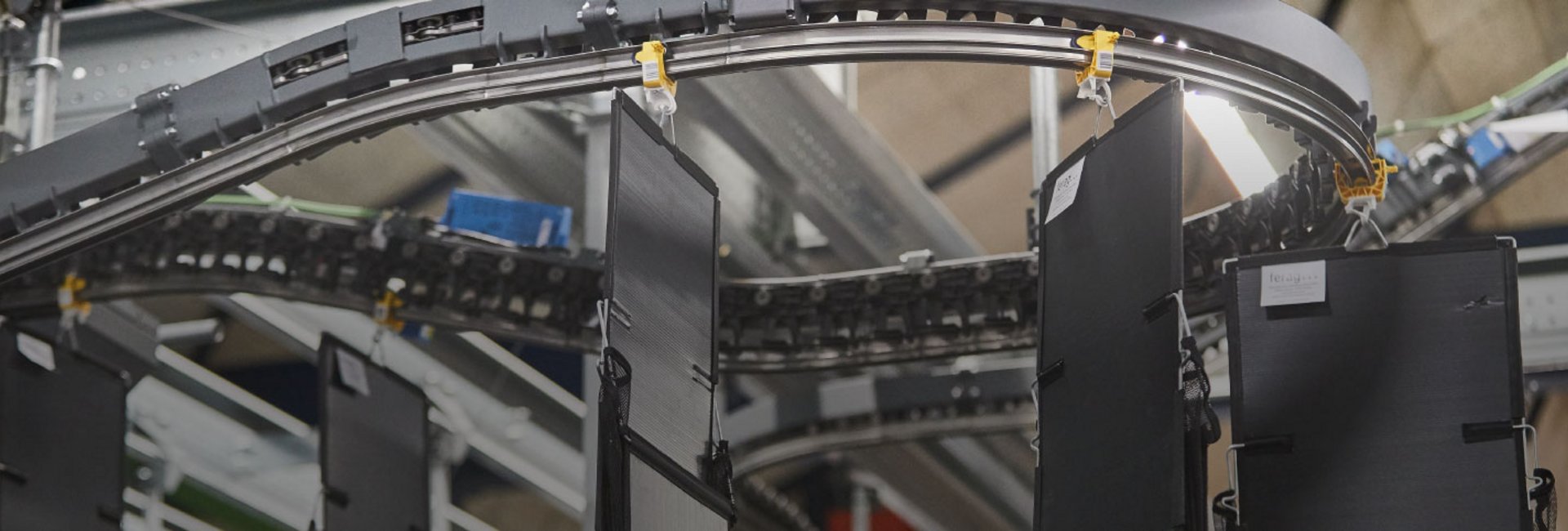
- Home
- Actualités et newsletter
- The challenges faced by logistics providers
The challenges faced by logistics providers
Despite the slight dip experienced in the aftermath of the Covid-19 lockdown, the demand for e-commerce remains high. The challenge for many suppliers, however, is contending with many new customers with increasingly smaller orders. Mid-sized companies therefore want to move away from manual processes. However, logistic processes are not the core business activity of retailers. They require support. “Today, manual systems reach their limits quickly”, says Andreas Koch, Head of Operational Business at Ferag. Most companies associate automation with complexity, higher energy costs, a new building and a long adjustment period. “In particular, the issue of energy is hitting home at the moment.” The answer to these problems is fairly unanimous across the market. Energy-efficient motors and drive systems relieve the burden on the balance sheet. But, to be quite honest, in today’s market, these features barely scratch the surface. So what makes the difference from our point of view? Our technologies are based on the smooth roller principle rather than the gliding movement. This allows us to reduce the number of power units required to an absolute minimum. In the Skyfall overhead conveyor system, we use the force of gravity to power the conveyor unit”, underlines Dieter Kuhn, Product Manager of the Swiss company.
Combining systems
Nonetheless, job portals are overflowing with vacancies at logistics companies. “Many are desperately trying to recruit staff so that bundles can leave the warehouse one way or another. For many, this is a real need.” However, the industry is in agreement that the automation of material flow is unavoidable. It is the hour of simple, modular, scalable and energy-efficient solutions. “It’s about the combination of systems. Customers don’t need to rebuild everything or set up processes differently, but rather we have to develop the right processes together”, says Andreas Koch. For example, the Swiss company is combining its Skyfall pouch sorter with a shuttle warehouse or an Autostore system. “We’re reducing movement around the warehouse and achieving greater efficiency, and automatic systems are also benefiting, as these are already running at their usage limits. With Skyfall, we’re taking the strain off of processes and creating reserves for the warehouse system”, pledges Dieter Kuhn. By combining the automated warehouse system with the Skyfall pouch sorter, for example, efficiency is increased by reducing warehouse transport and outsourcing cycles. “To prove this, we rely on a digital image of the plant in the run-up to implementation and simulate future material flows. Many customers recognise that they must think about their processes as a whole. The isolated use of robots or AMRs will not act as a silver bullet. Many of our users are aware of this too.”
That all sounds like it requires a great deal of investment – a daunting thought for mid-sized companies. “The modular design of our systems makes automation possible in the tightest of spaces. We don’t need additional floor space as we work from the ceiling. We integrate ourselves into the customer’s system in a fuss-free way.” Connection of AMRs is possible without any problems. Dieter Kuhn has brought another awkward issue to the table – land consumption. “Every square metre used is a square metre less for plants and wildlife. Wherever possible, we therefore rely on systems which are installed under the roof and thus make optimal use of the available space thanks to the 3D capabilities.” Many municipalities hardly advertize logistics space commercially any more. This is because although many citizens expect fast delivery from e-commerce shops, they do not want to have the warehouse in their neighbourhood. “If a mid-sized company has to build anew from the start, it faces a really big problem. As a result, retrofitting projects are getting a great deal of attention right now”, adds Andrew Koch.